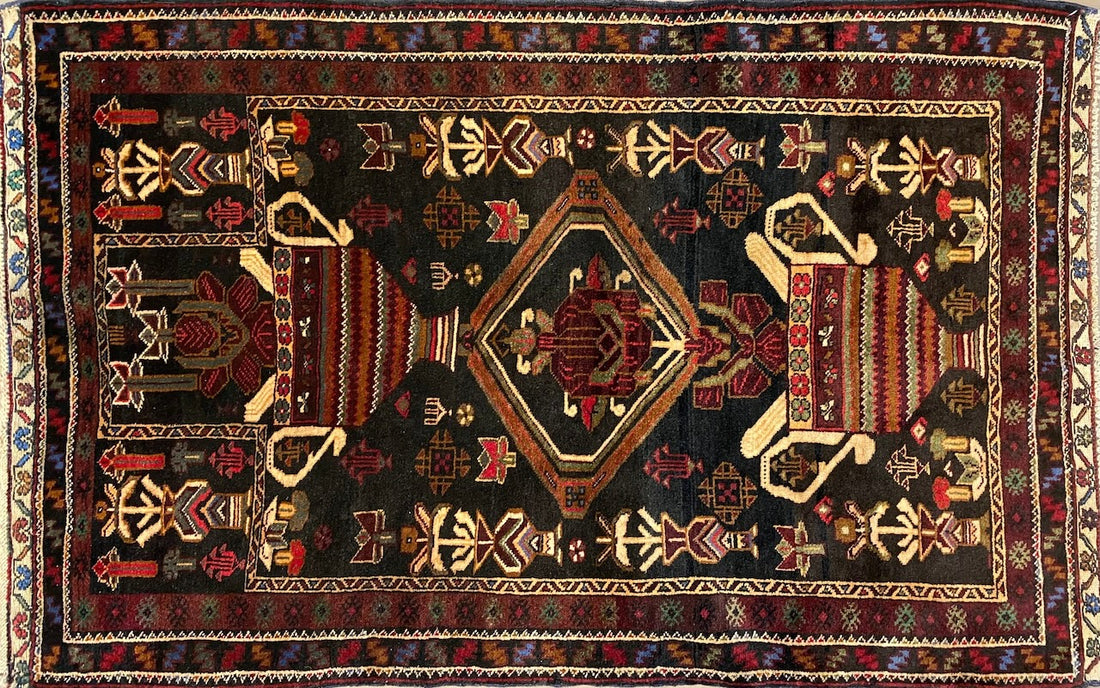
The History of Imported Tribal Rugs
Al ForuzaniShare
Tribal rugs, characterized by their distinct patterns, vibrant colors, and unique designs, tell a rich story of cultural heritage and artistic expression. These rugs are primarily crafted by the nomadic and semi-nomadic tribes across regions such as Central Asia, the Middle East, and North Africa. The history of imported tribal rugs into Western countries is a fascinating journey that underscores the interplay between tradition and globalization, reflecting both aesthetic appreciation and cultural exchange.
Origins and Characteristics
Tribal rugs are traditionally handwoven by tribes such as the Kurds, Baloch, Turkmen, and various Persian and Afghan ethnic groups. Each tribe has its own recognizable motifs and styles that are often inspired by their daily lives, environment, and mythology. Unlike the more formal city-manufactured rugs, tribal rugs are often smaller and made with materials readily available to the nomadic craftsmen, such as wool from their own sheep.
Symbolism and Technique
The designs woven into tribal rugs are deeply symbolic, often passed down through generations within a tribe. These symbols can represent a variety of themes, including fertility, protection, strength, and the spiritual world. The weaving techniques themselves vary from tribe to tribe, with some using the Turkish knot and others the Persian knot, contributing to the diversity in texture and design seen across different types of tribal rugs.
The Journey to the West
The import of tribal rugs into Western countries began in earnest during the late 19th and early 20th centuries. This period coincided with a growing interest in the “exotic” East, spurred by increased travel and trade. European and American collectors and decorators became enamored with these exotic textiles, using them to add a touch of worldly sophistication and cultural flair to interior décor.
The Rise in Popularity
By the early 20th century, department stores and specialty shops in cities like London, Paris, and New York began stocking tribal rugs. The appeal of these rugs was partly due to their rustic and authentic charm, which stood in contrast to the increasingly industrialized nature of Western society. Exhibitions and world's fairs also played significant roles in popularizing these handcrafted items, showcasing their intricate craftsmanship and rich histories to a wider audience.
